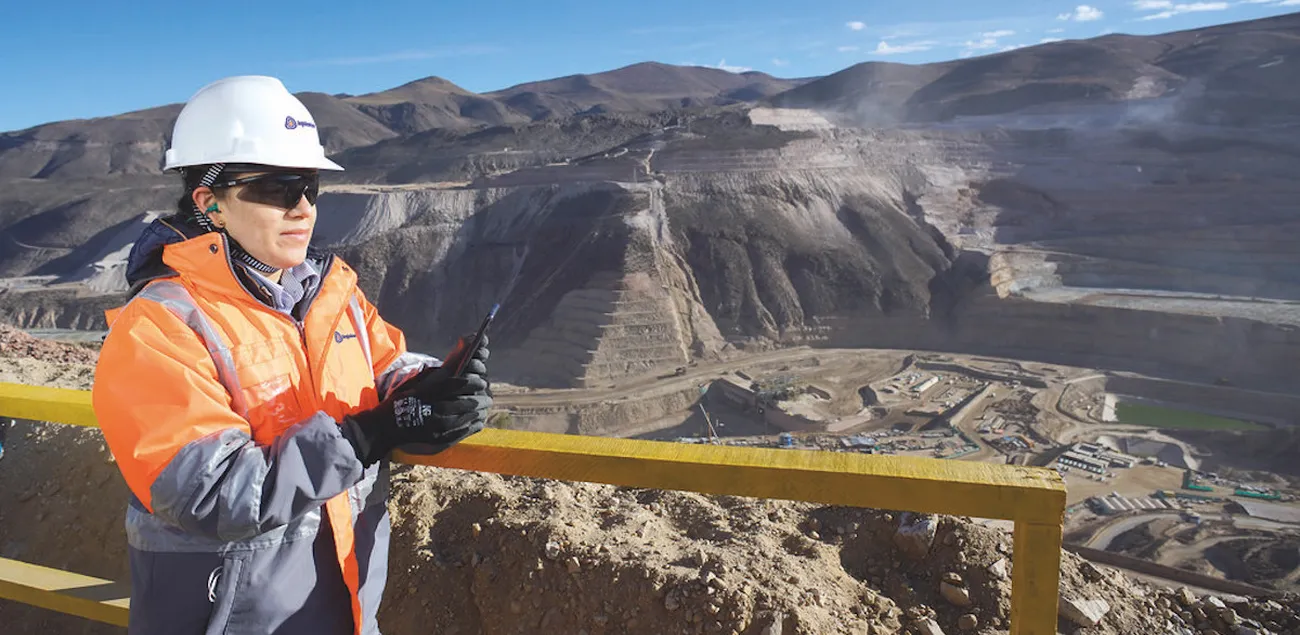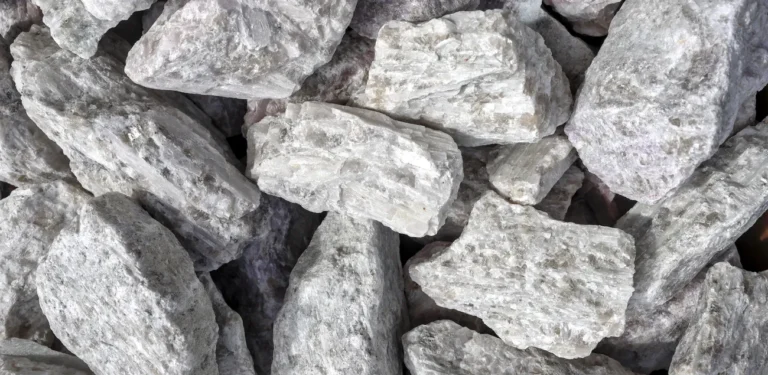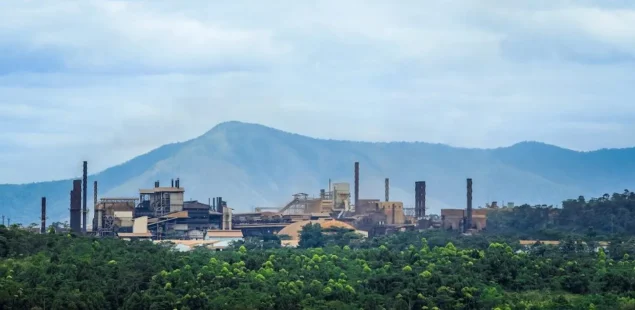
Anglo American, the diversified miner, reported second-quarter copper production of 173,300 tonnes. That was 3% higher than the previous quarter on stronger throughput at Peru’s Quellaveco, yet 11% lower year on year after planned reductions in Chile. The group kept its 2025 copper guidance unchanged at 690,000–750,000 tonnes. Rough diamond output slumped 36% to 4.1 million carats, steelmaking coal fell 51% to 2.1 million tonnes, while iron ore inched 2% higher to 15.9 million tonnes thanks to robust performance at Brazil’s Minas-Rio.
Copper Throughput and Cost Profile
First-half copper production came in at 342,200 tonnes, down 13% as lower grades at Los Bronces and Collahuasi in Chile weighed, leaving a heavier second-half lift needed to meet full-year targets. Greater plant stability at Quellaveco boosted volumes and allowed Peru unit cost guidance to be trimmed to about 100 c/lb, helping counter Chile’s higher costs of roughly 195 c/lb; total unit cost guidance stays around 151 c/lb. Anglo also reaffirmed country contributions within guidance—Chile at 380,000–410,000 tonnes and Peru at 310,000–340,000 tonnes—pointing to an expected Chilean ramp-up as new desalination infrastructure underpins water availability.
Portfolio Simplification and Asset Sales
The production update underscores an ongoing reshaping of the business after last year’s rejected takeover approach from BHP. Anglo has demerged its platinum business and agreed sales of nickel and coking coal assets—transactions that will appear as discontinued operations in upcoming half-year results. A $3.78 billion disposal of certain coal mines to Peabody is expected to proceed despite a fire-related production halt, while a separate deal to sell the standalone nickel unit to MMG awaits approvals. The formal process to sell diamond arm De Beers is advancing amid subdued market conditions; Botswana’s push for greater control over De Beers’ marketing adds complexity for bidders assessing the asset.
Diamonds, Coal and Other Commodities
Second-quarter diamond production was deliberately curtailed to 4.1 million carats as De Beers works down elevated inventories; full-year guidance remains 20–23 million carats after earlier cuts. Steelmaking coal volumes more than halved to 2.1 million tonnes, reflecting suspension of the Grosvenor longwall, an incident at Moranbah and portfolio exits including the Jellinbah stake. By contrast, manganese output more than doubled year on year as Australian operations recovered from prior weather disruption, partly offsetting weakness elsewhere. Iron ore production of 15.9 million tonnes in the quarter (31.38 million tonnes for the half) keeps guidance of 57–61 million tonnes on track, with Minas-Rio’s record contribution balancing rail and port constraints at Kumba.
Company Background and Market Context
Anglo American is concentrating capital on copper and iron ore assets—Quellaveco, Los Bronces, Collahuasi (44% share) and Minas-Rio—while exiting businesses with structurally lower returns or higher volatility such as diamonds, steelmaking coal and nickel. Management argues the streamlined portfolio should deliver lower unit costs and higher margins once disposals complete, with proceeds and reduced capital intensity supporting balance-sheet flexibility. Progress on water infrastructure in Chile and process optimisation in Peru remain central to sustaining copper growth, a metal aligned with electrification trends.
Copper’s role in grid investment and electric vehicles continues to underpin medium-term demand, supporting prices that have stayed firm this year despite grade pressures in Chile. Iron ore demand is steadied by Chinese infrastructure stimulus and Brazilian high-grade supply premiums, while the diamond market remains weak as consumers shift spending and lab-grown supply weighs on natural prices. Against that backdrop, Anglo’s maintenance of copper and iron ore guidance highlights the resilience of its retained core, even as divestment-affected segments dilute aggregate output metrics.



